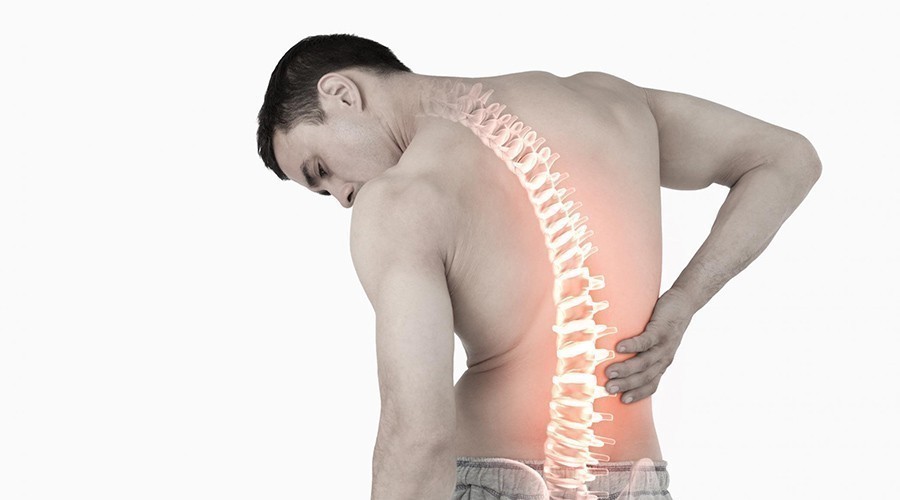Between each vertebrae in our spinal column, there is a structure called a disc. These discs have two parts, tough outer layer called annulus fibrosus and soft gel like part in the middle called nucleus purposus. Like a car tire, outer layer protects and inner layer cushions. Herniation occurs when the gel like inner nucleus breaks through the tough outer annulus. A herniated disc can cause many problems such as: neck pain, groin pain, lower back pain, headaches, dizziness, impotence problems, numbness in the arms and legs to name a few. Discus hernia often leads to difficulty in physical activity and loss of work days. Disc herniation is most common in the lumbar spine, namely segments L4-L5 and L5S1, because these last two segments experience the highest static and dynamic load. Discus hernia is often accompanied by loss of lordosis in the cervical and lumbar spine.
In the cervical spine, C5-C6 and C6-C7 vertebral segments experience the most incidence of discus hernia. These area, called transition area, experience coupled motion of the cervical spine as well as the vertical load from the weight of the head. With the loss of curvature (lordosis), load bearing capacity and function of the cervical spine is lost and discus hernia could result. The most effective treatment system for disc herniation is a combination of chiropractic adjustment, spinal decompression, physical therapy and kinesiotherapy, as recent statistics in developed countries show.

